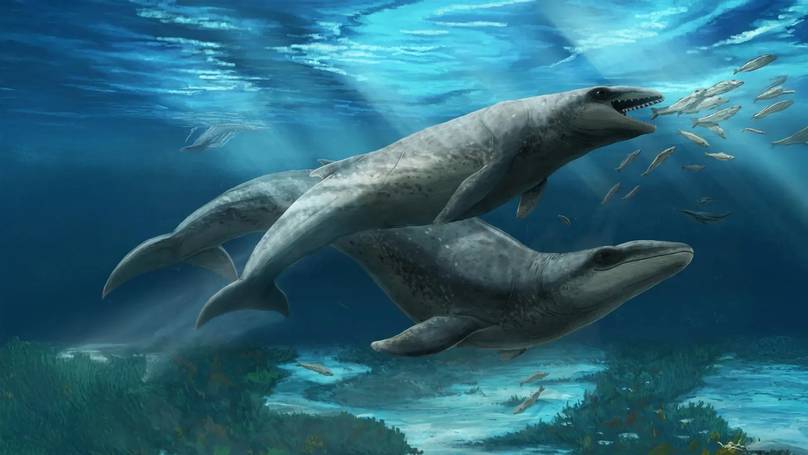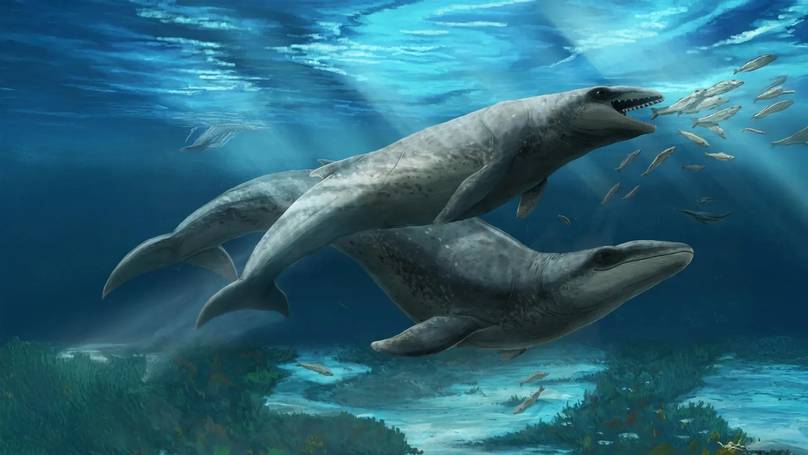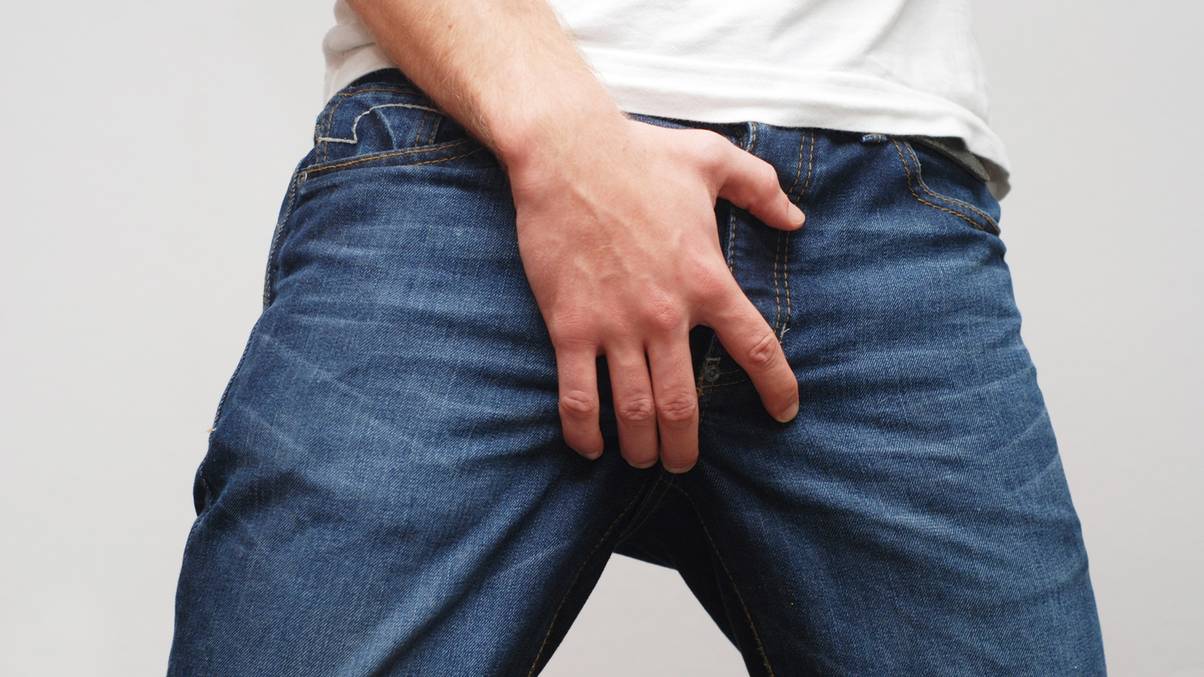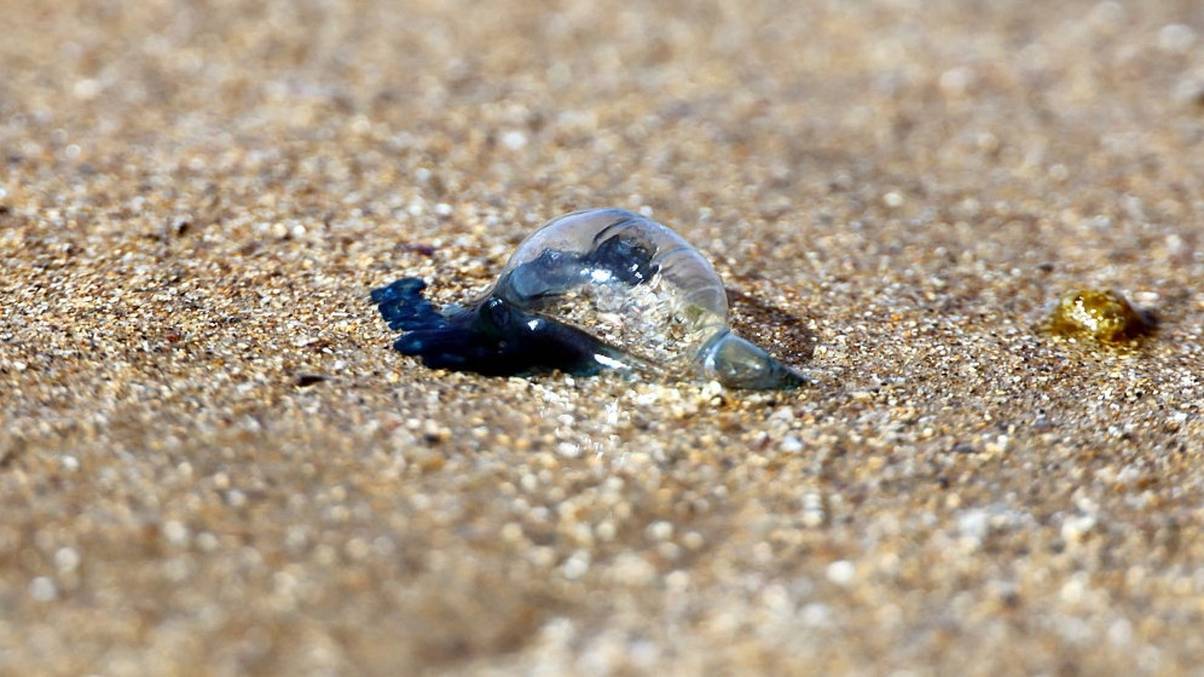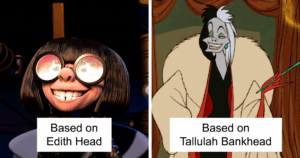Ancient Secret Unearthed: 26 Million-Year-Old Discovery Hidden Beneath Australian Seabed Raises New Mysteries
Ever wondered what a shark and a whale might look like if they had a quirky little lovechild? Well, scientists down under just stumbled upon something almost as wild—a sharp-toothed, big-eyed ancient whale, no bigger than your average dolphin, that prowled the Surf Coast of Victoria 26 million years ago. Meet Janjucetus dullardi, the prehistoric “baby whale” named partly after Aussie fossil finder Ross Dullard, who generously donated the find that’s rewriting whale evolution as we thought we knew it. Imagine spotting this pint-sized predator slicing through shallow waters—a far cry from today’s gentle giants, right? This fossil doesn’t just tell us a tale; it unlocks an entire untold chapter of marine history, proving that sometimes, jaw-dropping discoveries are hiding right in your own backyard. Ready to dive deeper? LEARN MORE.
Scientists in Australia have made an epic discovery on Victoria’s Surf Coast, which has led to the recognition of a new species of whale that lived 26 million years ago.
Researchers from the Museums Victoria Research Institute uncovered the species, said to be the same size as a dolphin, thanks to a fossil found near Jan Juc on Wadawurrung Country.
Named janjucetus dullardi, the ancient species is described as being sharp-toothed, with a short snout, large forward-facing eyes and slicing teeth.
Although significantly smaller than the gentle giant whales we know today, these creatures will no doubt have incited a fair amount of fear if spotted in shallow waters.
The fossil was discovered by Aussie resident Ross Dullard in June 2019 and was donated to Museums Victoria, where researchers discovered a partial skull with ear bones and teeth.
As a thank you for his generous donation, the species has been partially named after him — not many people can say that!
Dr Erich Fitzgerald, senior curator of vertebrate palaeontology at Museums Victoria Research Institute, said in the study: “This kind of public discovery and its reporting to the museum is vital.
“Ross’ discovery has unlocked an entire chapter of whale evolution we’ve never seen before. It’s a reminder that world-changing fossils can be found in your own backyard.”
Janjucetus dullardi is considered to be a juvenile ‘baby whale’ at just two metres long, according to the study which was published in the Zoological Journal of the Linnean Society.
It’s believed the creature belonged to a group known as mammalodontids, an extinct genus of archaic baleen whale that lived around 23 to 30 million years ago.
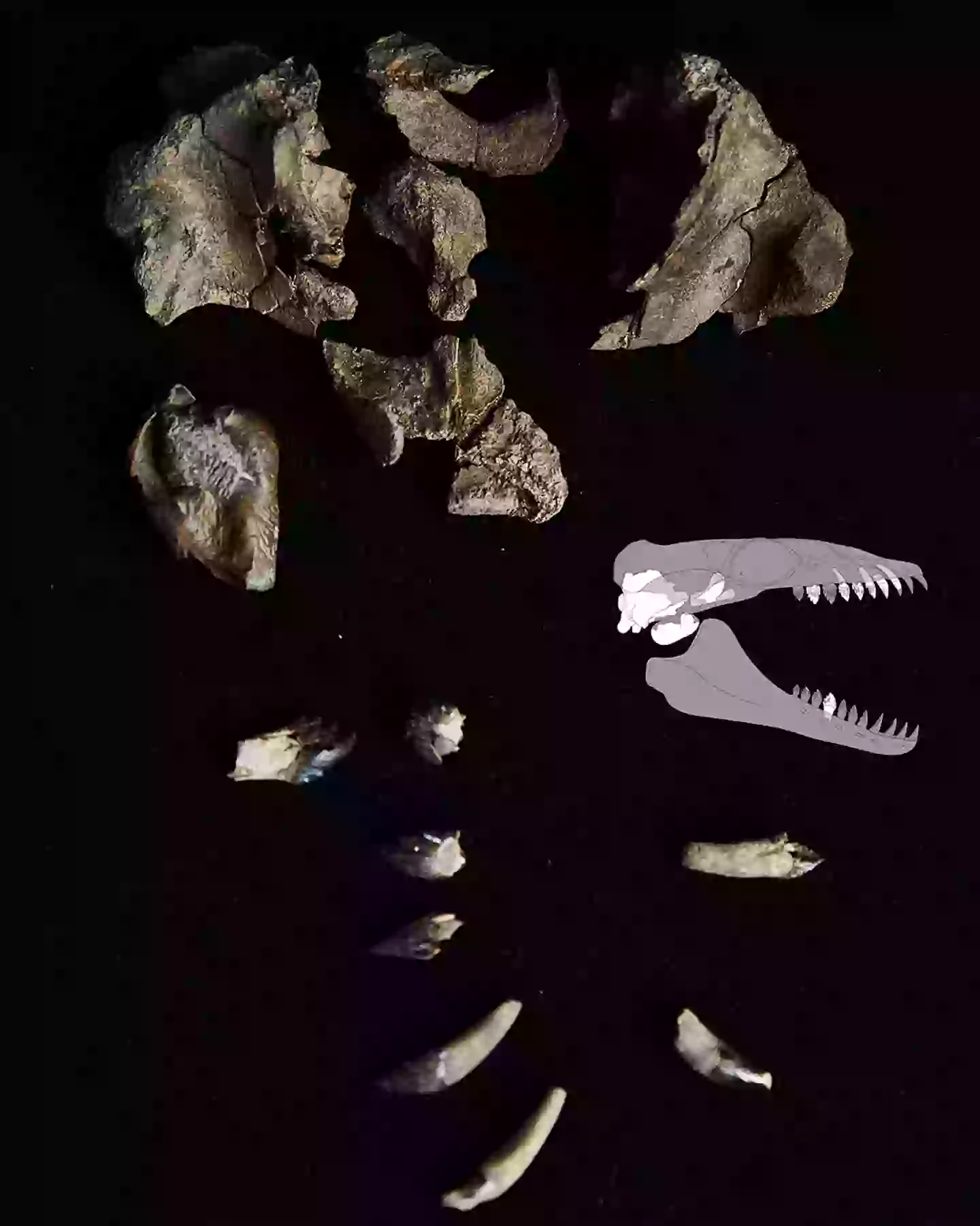
The bones give great insight as to how these whales changed as they grew (X/@Inxcetus)
“It’s essentially a little whale with big eyes and a mouth full of sharp, slicing teeth,” said Ruairidh Duncan, PhD student at the Museums Victoria Research Institute and Monash University.
“Imagine the shark-like version of a baleen whale – small and deceptively cute, but definitely not harmless.”
There are currently only four known mammalodontid species in the world and this is the third one to be discovered in Victoria. Unlike its predecessors, however, this is the first fossil discovery to preserve both the teeth and inner ear structures in such detail.
“This fossil opens a window into how ancient whales grew and changed, and how evolution shaped their bodies as they adapted to life in the sea,” said Fitzgerald.
“This region was once a cradle for some of the most unusual whales in history, and we’re only just beginning to uncover their stories.”
